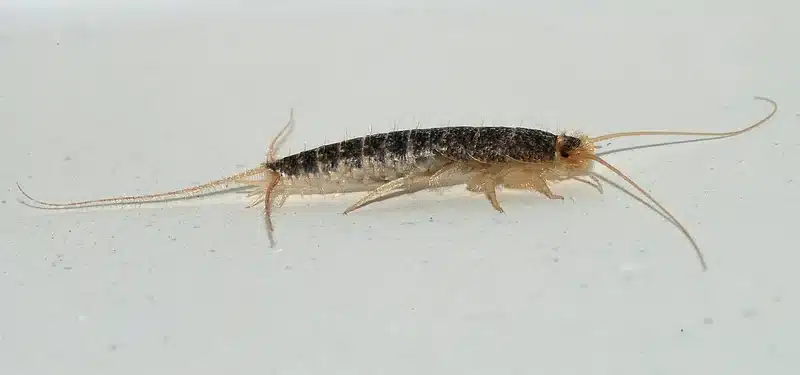Finding silverfish in your bathroom can be unsettling, especially when you don’t know what’s attracting them. These wingless insects thrive in specific conditions that many homes unknowingly provide. Through my four years as a registered technician in our family’s pest control business, I’ve helped countless homeowners in the DMV area understand what draws these nocturnal pests indoors and how to eliminate them effectively.
Silverfish are nuisance pests that don’t bite or sting, but they can damage your belongings and multiply quickly under the right conditions. Understanding what causes silverfish problems is the first step toward getting your home back to normal.
What Causes Silverfish in Bathrooms
High humidity is the primary factor that attracts silverfish to your bathroom. These insects need moisture to survive and thrive in environments with 75-95% relative humidity. Your bathroom naturally maintains higher humidity levels due to showers, baths, and poor ventilation.
Leaky plumbing creates the damp areas that silverfish love most. Even small drips from faucets or pipes provide the consistent moisture these pests need. Additionally, condensation on pipes and around fixtures creates micro-environments where silverfish can flourish.
Poor ventilation compounds the humidity problem. Without proper airflow, moisture gets trapped in your bathroom, creating ideal conditions for a silverfish infestation. If you don’t use a dehumidifier or exhaust fan regularly, you’re essentially rolling out the welcome mat for these unwanted visitors.
What Causes Silverfish Infestation Throughout Your Home
Beyond the bathroom, several household conditions can trigger a silverfish infestation. Cluttered storage areas filled with cardboard boxes provide both shelter and food for these insects. Our family business has served the region for over 50 years, and we consistently see silverfish problems in homes with poor organization and excess humidity.
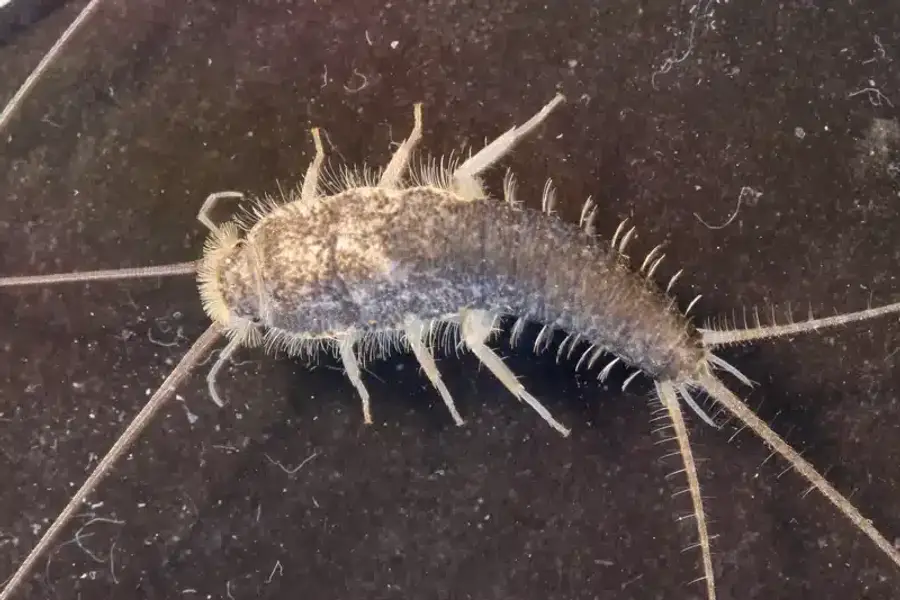

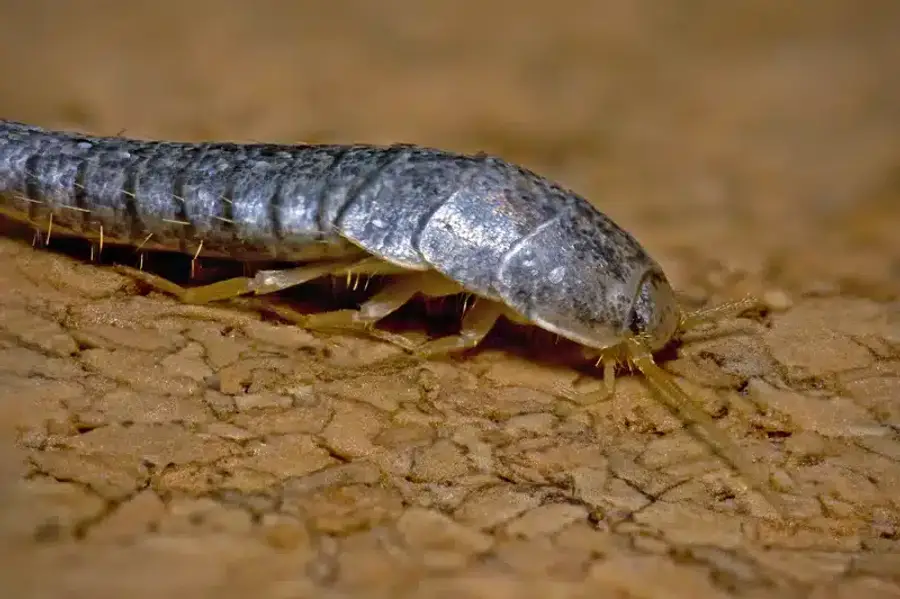
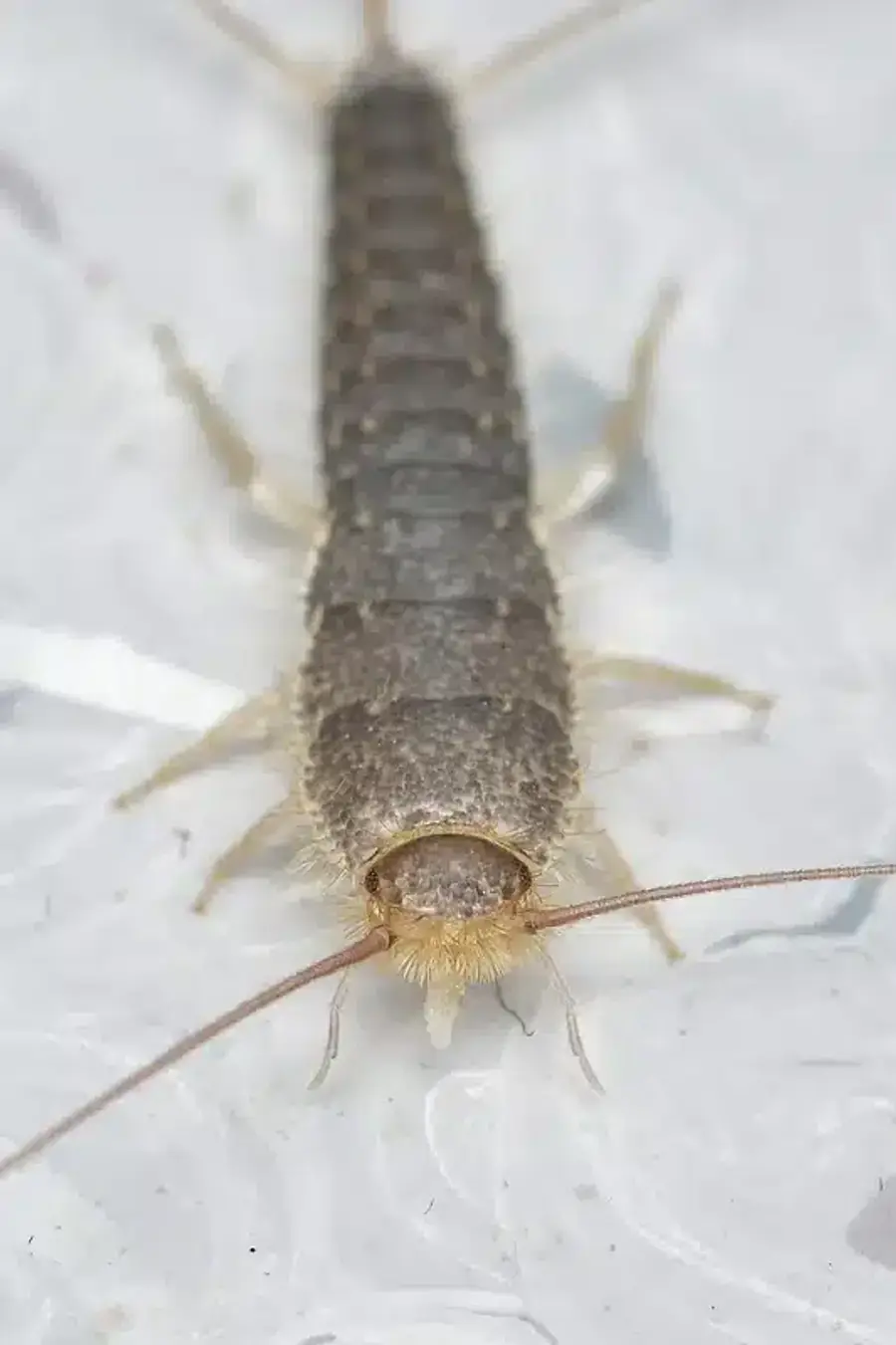

These insects actively seek out starchy food sources throughout your home. Silverfish eat wallpaper paste, book bindings, fabrics containing starch, and even dead insects. They’re particularly drawn to items containing carbohydrate-rich materials that many households store improperly.
The humid subtropical climate in Virginia, Maryland, and DC creates year-round conducive conditions for silverfish. Basement seepage, crawl space vapor, and inadequate ventilation in kitchens and bathrooms all contribute to the moisture levels that attract silverfish to your property.
Identifying the Silverfish Insect Pest
Silverfish are distinctive wingless insects with fish-like bodies covered in silvery scales. They measure about half an inch to one inch long and have two long antennae plus three tail-like appendages called cerci. Their appearance earned them the name because they look like a fish when they move in their characteristic wiggling motion.
These nocturnal insects are most active at night, which explains why you might suddenly see silverfish in your bathroom when you turn on the lights. They prefer tight spaces and will quickly dart away when exposed to light. Silverfish are also thigmotactic, meaning they like to squeeze into narrow cracks and crevices.
In our region, the most common species include the common silverfish and four-lined silverfish. The four-lined variety has become increasingly prevalent in Mid-Atlantic homes, while firebrats prefer warmer areas like around water heaters and furnaces.
How Silverfish Enter Your Home
Silverfish get into your house through surprisingly small cracks and openings. They can squeeze through gaps around utility penetrations, foundation cracks, and spaces around windows and doors. These agile insects need very little space to gain entry into your home.
They often hitchhike on household items like books, cardboard boxes, and fabric items brought in from damp storage areas. If you’ve recently moved items from an attic, basement, or storage unit, you might inadvertently introduce silverfish to your home.
Common entry points include laundry rooms, crawl spaces, and areas where plumbing enters your home. Once inside, silverfish typically establish themselves in areas with consistent moisture and food sources before spreading to other parts of your house.
Signs of Silverfish Problems
The most obvious sign is when you see silverfish scurrying across bathroom floors or getting trapped in sinks and tubs. You may see silverfish most often at night when they’re most active, particularly if you suddenly turn on bathroom lights.
Look for damage to paper items, fabrics, and wallpaper. Silverfish create irregular holes and surface etching on books, documents, and other starchy materials. Yellow staining and small notches in wallpaper or book bindings indicate silverfish feeding activity.
Physical evidence includes pepper-like droppings, shed scales, and occasionally silverfish eggs in hidden areas. Our registered technicians often find these signs during inspections of homes with tiny brown bugs in bathroom complaints, as multiple pest species can share similar habitat preferences.
Understanding Silverfish Diet and Attraction
What silverfish eat explains why they’re drawn to certain areas of your home. These insects primarily feed on materials containing starch, cellulose, and certain proteins. They consume wallpaper paste, book glue, fabric sizing, and even the starch in clothing.
Silverfish also eat dead insects, which can provide both nutrition and moisture. This diet overlap means that addressing other insect problems can help reduce food sources that attract silverfish. They’re particularly fond of natural fibers like cotton, linen, and silk.
The carbohydrate content in many household items makes them appealing to silverfish. Paper, cardboard, and certain synthetic fabrics all contain compounds these insects can digest with their specialized enzymes.
Creating Conditions That Prevent Silverfish
Moisture control is your most effective weapon against silverfish. Use a dehumidifier to maintain indoor humidity below 50%, especially in basements and bathrooms. This single change can make your home significantly less appealing to these humidity-loving pests.
Store vulnerable items in airtight containers to prevent silverfish from accessing food sources. Move books, important papers, and seasonal clothing into sealed plastic bins rather than cardboard boxes. This storage method helps prevent future infestations while protecting your belongings.
Address structural issues that create entry points. Seal small cracks around baseboards, install door sweeps, and fix any leaky pipes or faucets. These simple modifications help prevent silverfish from getting into your home in the first place.
DIY Methods to Get Rid of Silverfish
Several non-chemical approaches can help control minor silverfish problems before they become serious infestations.
Non-Chemical Control Methods
Place sticky traps along baseboards and in areas where you’ve spotted silverfish activity. These traps help monitor the extent of your problem while capturing individual insects. Focus placement in bathrooms, basements, and other damp areas where silverfish are most likely to travel.
Regular vacuuming removes silverfish eggs, shed scales, and food debris that sustains populations. Pay special attention to cracks, crevices, and areas behind appliances where silverfish hide during daylight hours.
Environmental Modifications
Improve ventilation in problem areas by installing exhaust fans or increasing air circulation. Better airflow helps reduce the humid conditions that attract silverfish to live in your home. This approach works particularly well in bathrooms and laundry rooms.
Reduce indoor humidity through multiple methods. Run exhaust fans during and after showers, ensure proper attic ventilation, and consider whole-house dehumidification in particularly humid climates like ours in the DMV area.
Desiccant Dust Applications
Apply diatomaceous earth in cracks and crevices where silverfish travel. This natural powder damages the insects’ exoskeletons, leading to dehydration. Focus applications behind appliances, around plumbing penetrations, and in other areas where humidity tends to accumulate.
Reapply desiccant treatments after cleaning or moisture events. These materials lose effectiveness when wet, so maintaining dry application areas is crucial for ongoing control.
Professional Pest Control for Silverfish
Sometimes DIY methods aren’t enough to get rid of silverfish effectively, especially when dealing with established populations or widespread infestations.
When to Contact Professional Services
Call Better Termite Pest control when you find silverfish in multiple rooms or notice extensive damage to books, fabrics, or wallpaper. A serious infestation typically requires professional intervention to get the situation under control quickly and effectively.
Better Termite Pest control services can assess the situation comprehensively and determine the most effective treatment approach for your specific circumstances. Our family’s decades of experience in the region has taught us that early professional intervention often prevents minor problems from becoming major headaches.
Professional Treatment Options
Licensed technicians use targeted approaches like indoxacarb gel baits, which according to peer-reviewed research, achieve over 90% mortality rates against silverfish populations. These baits work particularly well because they eliminate silverfish that don’t directly contact treated areas.
Professional treatments may include residual applications in wall voids and crack-and-crevice treatments using products like amorphous silica gel dust. These materials provide long-lasting control when applied by registered technicians who understand proper placement and application rates.
Preventing Future Silverfish Problems
Ongoing maintenance prevents silverfish from reestablishing in your home. Schedule regular inspections of vulnerable areas and maintain consistent humidity control throughout the year. Our experience serving the DMV area has shown that proactive homeowners have far fewer recurring pest issues.
Decluttering and proper storage remain crucial for long-term success. Replace cardboard storage with plastic containers, organize storage areas to improve air circulation, and regularly inspect stored items for early signs of silverfish activity.
Consider partnering with a pest control company for regular control services, especially if your home has recurring moisture issues or you live in areas prone to high humidity. Professional maintenance programs can help prevent future problems while protecting your belongings from damage.
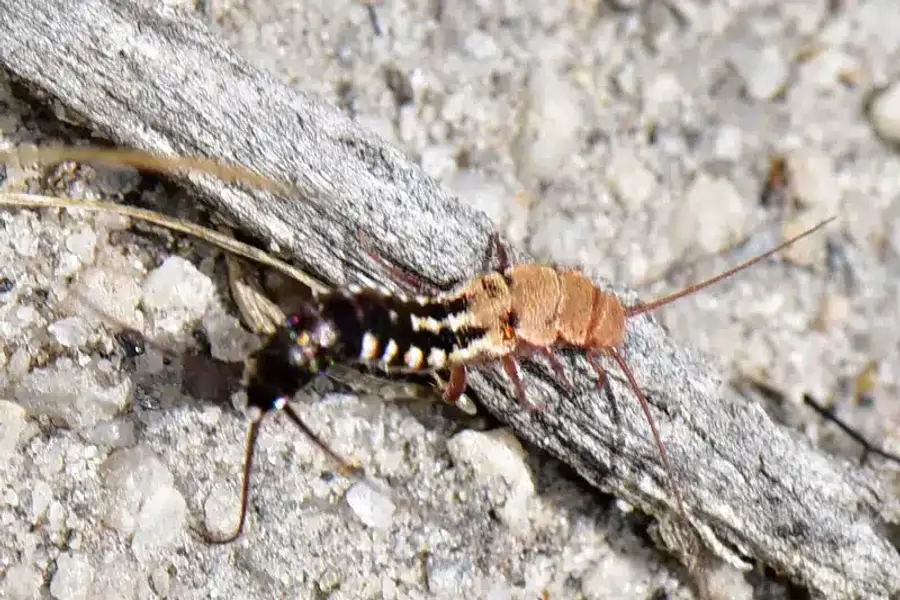
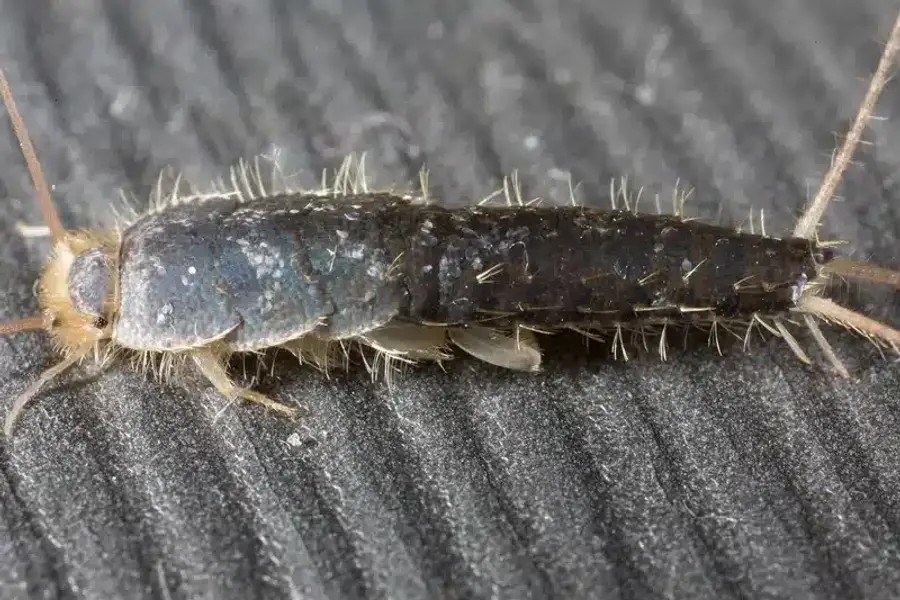
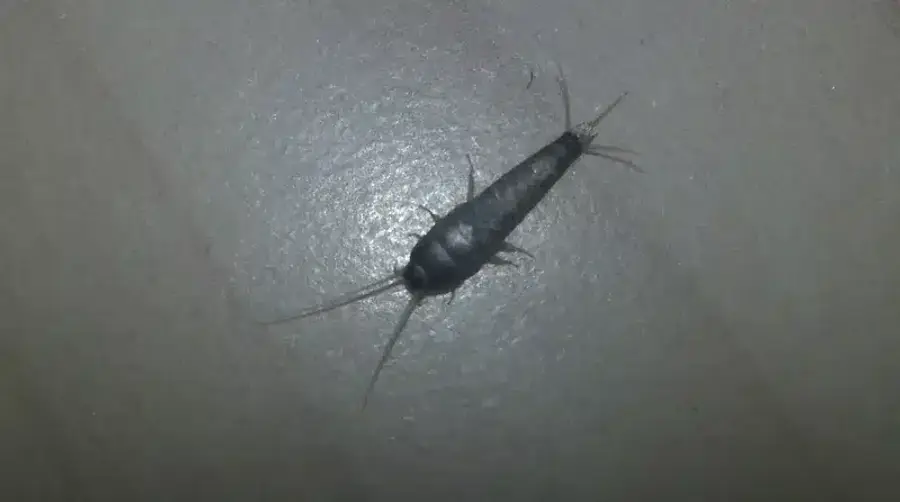
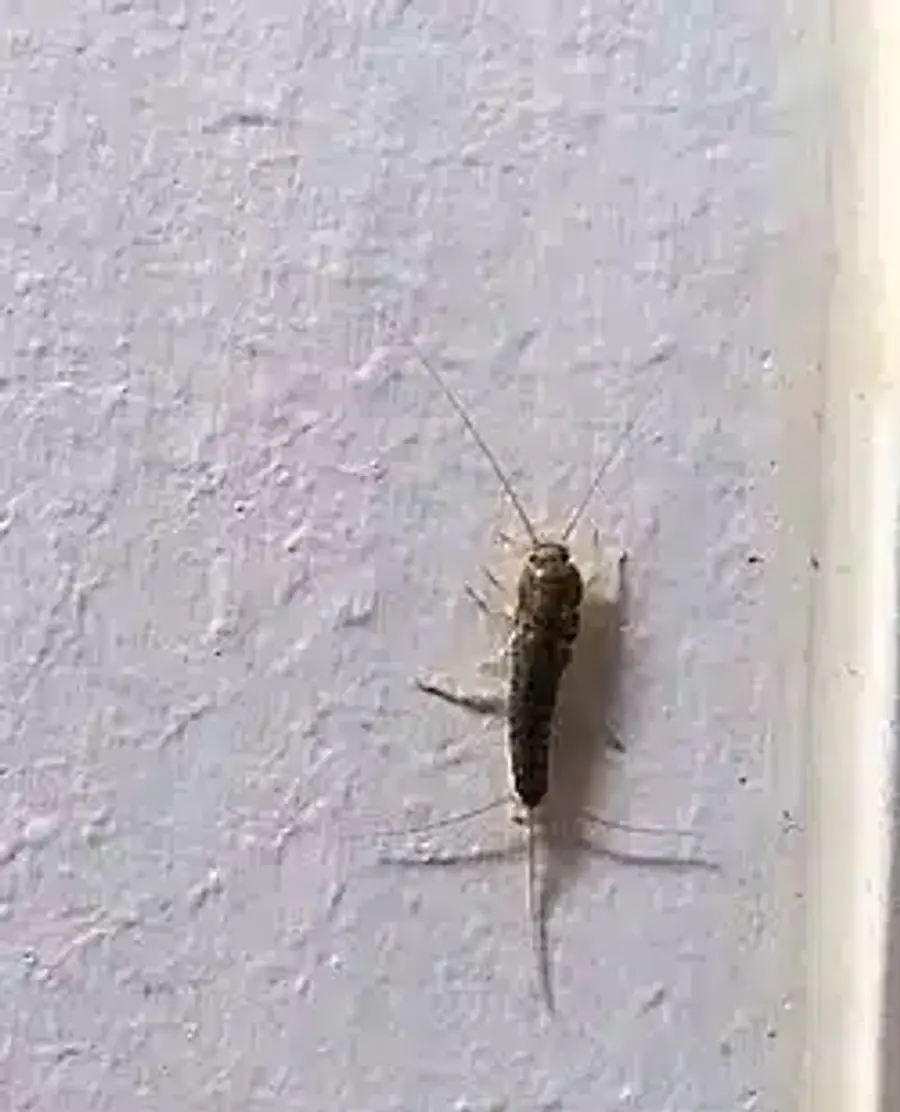
Similar to how we address other moisture-loving pests like millipedes and centipedes, successful silverfish management requires understanding the connection between environmental conditions and pest activity. By controlling moisture and eliminating conducive conditions, you can keep your home comfortable and silverfish-free.
Frequently Asked Questions
Why am I finding silverfish in my house?
+
You're finding silverfish because your home provides the high humidity, food sources, and shelter they need to survive. Silverfish come indoors seeking moisture levels above 75%, which commonly occur in bathrooms, basements, kitchens and bathrooms, and poorly ventilated areas. They enter homes through small cracks and gaps, then establish themselves around leaky pipes, in cluttered storage areas, or wherever they find starchy materials to eat.
How can you get rid of silverfish?
+
The most effective methods to get rid of silverfish combine moisture control, physical exclusion, and targeted treatments. Start by using a dehumidifier to reduce humidity below 50%, store items in airtight containers to prevent access to food sources, and seal entry points like cracks around pipes and foundations. For established infestations, place sticky traps in active areas and apply diatomaceous earth in cracks where silverfish travel. Serious infestations may require a professional pest control service to eliminate silverfish completely.
What attracts silverfish the most?
+
High humidity is what attracts silverfish most strongly to your home. These insects need moisture to survive and are drawn to environments with 75-95% relative humidity. Beyond moisture, silverfish love starchy food sources like wallpaper paste, book bindings, fabric sizing, and paper products. Cluttered areas with cardboard boxes, poor ventilation, and damp areas created by leaky plumbing all help attract silverfish and support their reproduction.
Should I squish silverfish?
+
You shouldn't squish silverfish as your primary control method, though killing individual insects you encounter won't hurt. Squashing silverfish doesn't address the underlying conditions that attracted them, so new ones will likely appear. Additionally, silverfish eggs and hidden populations will continue developing even if you eliminate visible adults. Instead, focus on moisture control, proper storage, and addressing entry points. If you choose to kill individual silverfish, dispose of them in tissue paper rather than leaving remains that might attract other pests.
Are silverfish harmful to humans?
+
Silverfish are not harmful to humans in terms of bites, stings, or disease transmission. These insects **don't bite** people and are generally considered nuisance pests rather than health threats. However, silverfish can trigger allergies in some individuals because they contain a protein called tropomyosin, and people who are allergic to dust mites may also be allergic to silverfish scales and shed skin that accumulate over time.
How long do silverfish live and reproduce?
+
Silverfish live 2-8 years and can lay up to 100 eggs during their lifetime, with females capable of laying 1-3 eggs a day under optimal conditions. Silverfish eggs hatch in about 14 days under ideal temperature and humidity conditions, though development slows significantly in cooler or drier environments. [University research](https://extension.umd.edu/resource/silverfish-and-firebrats) shows that silverfish continue molting throughout their lives, which means they can survive and reproduce for years if conditions remain favorable.
What time of year are silverfish most active?
+
**Silverfish are nocturnal** and active year-round indoors, but they're most problematic during humid summer months when outdoor conditions support larger populations. In the DMV area's humid subtropical climate, silverfish activity typically peaks from late spring through early fall when both temperature and humidity levels are optimal for reproduction. However, heated indoor spaces with poor humidity control can support silverfish activity throughout winter months as well.
Can silverfish infest my entire home?
+
Yes, silverfish can spread throughout your home if conditions are favorable, particularly in homes with high humidity, abundant food sources, and multiple entry points. **Silverfish typically** start in one area like a damp basement or bathroom, then spread to other areas as they search for food and suitable habitat. They commonly **infest** attics, crawl spaces, and storage areas where they find cardboard boxes and other materials to feed on. A sign of a silverfish infestation spreading is finding them in multiple rooms or discovering damage to books and papers in different areas of your home.
With five years of hands-on experience in the pest control industry, George Schulz is a registered technician with the Virginia Pest Management Association and a proud third-generation professional in a family business that's been protecting homes for over 57 years. He manages and trains a team of service pros while also leading internal research efforts—recently spearheading a deep-dive review of thousands of documents on pest control materials to hand-pick the most kid and pet friendly, most effective solutions tailored specifically for homes in the DC metro area.
